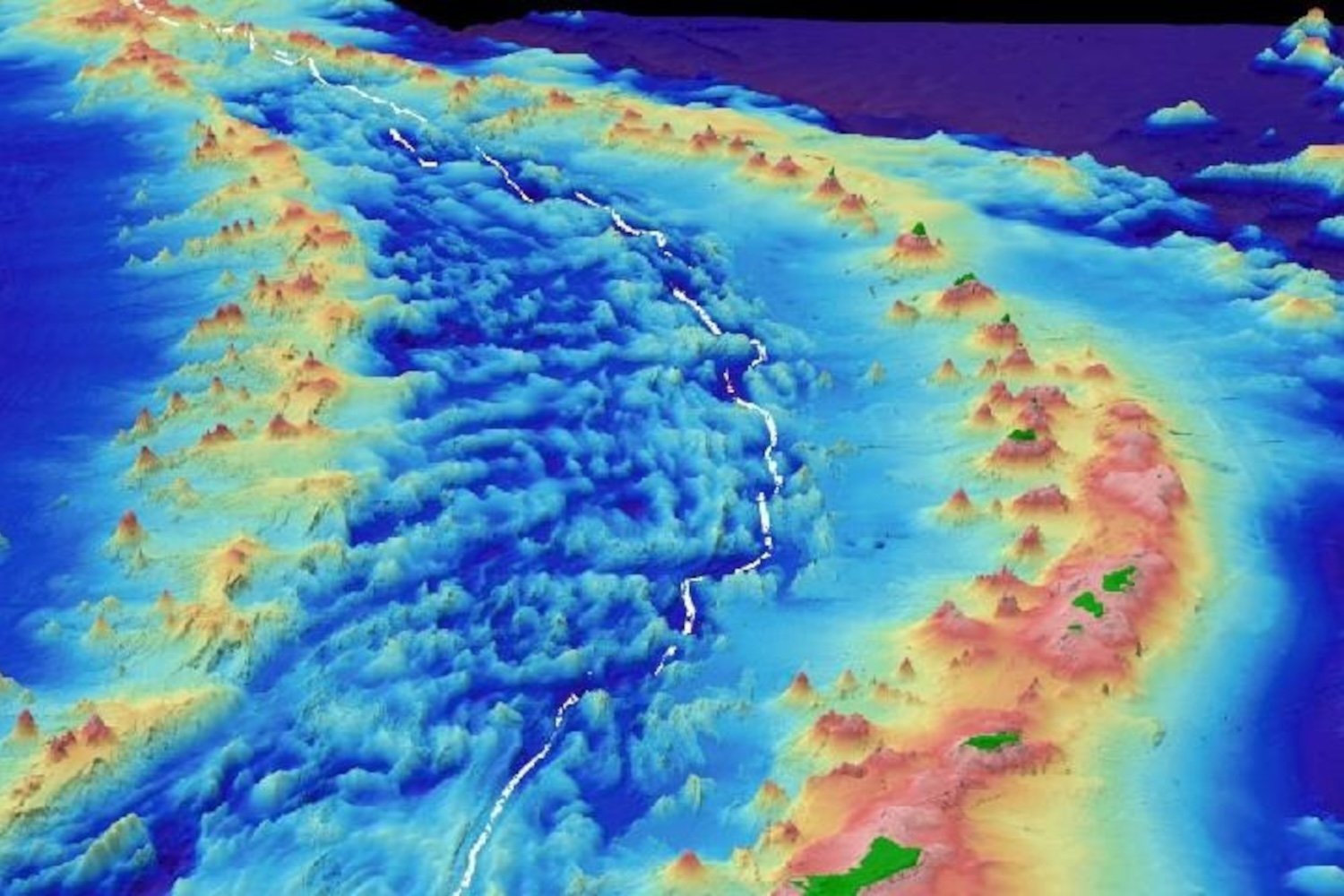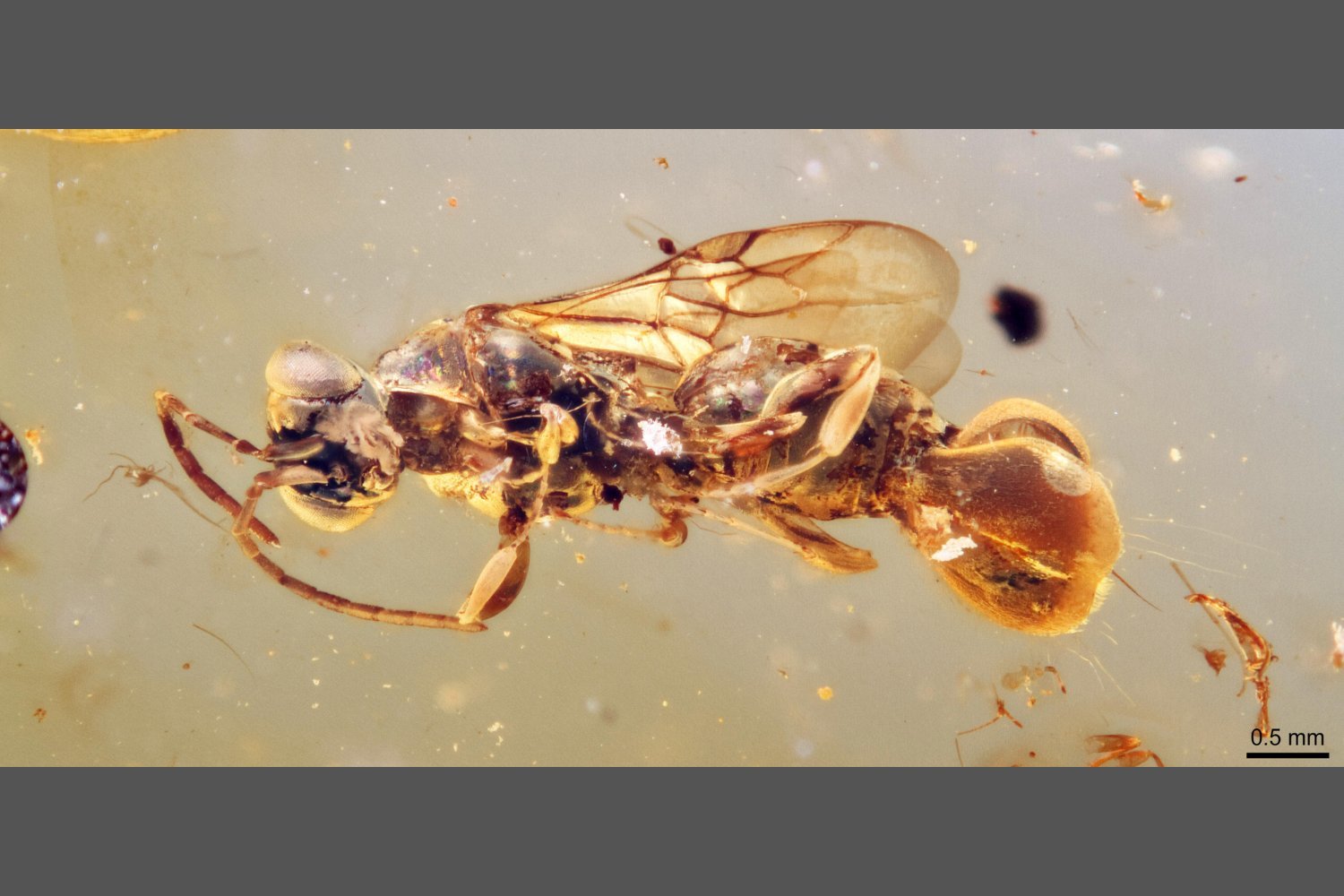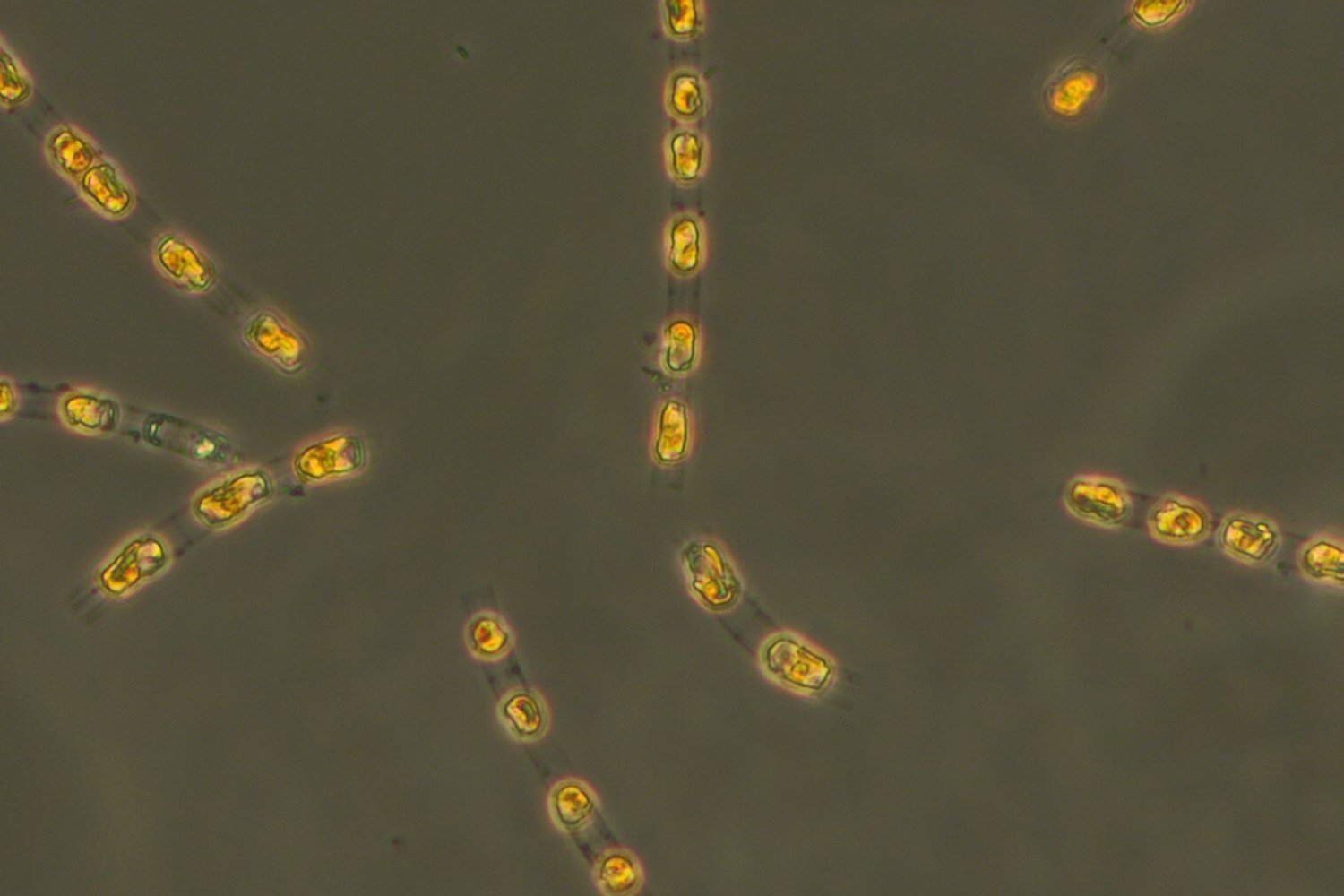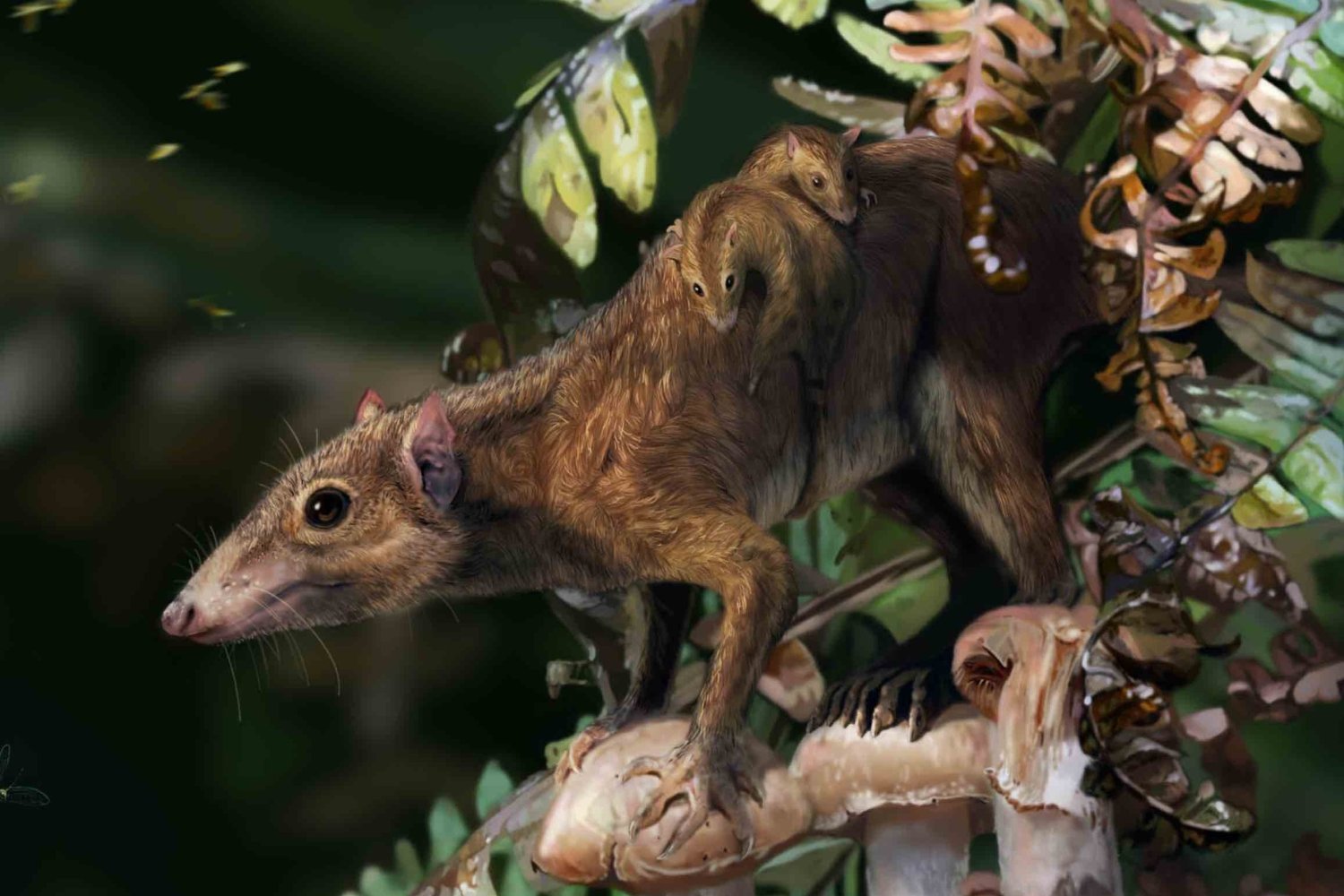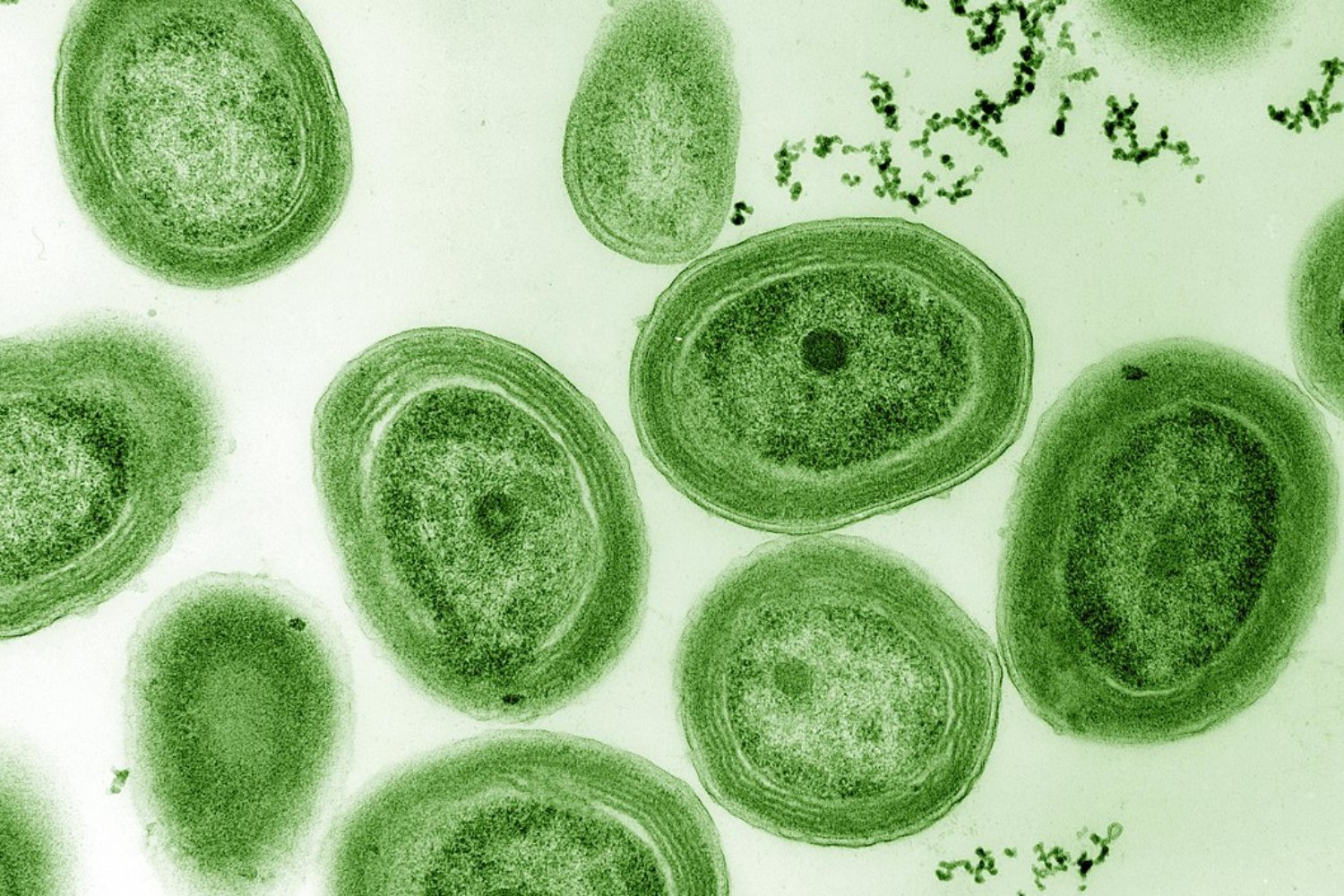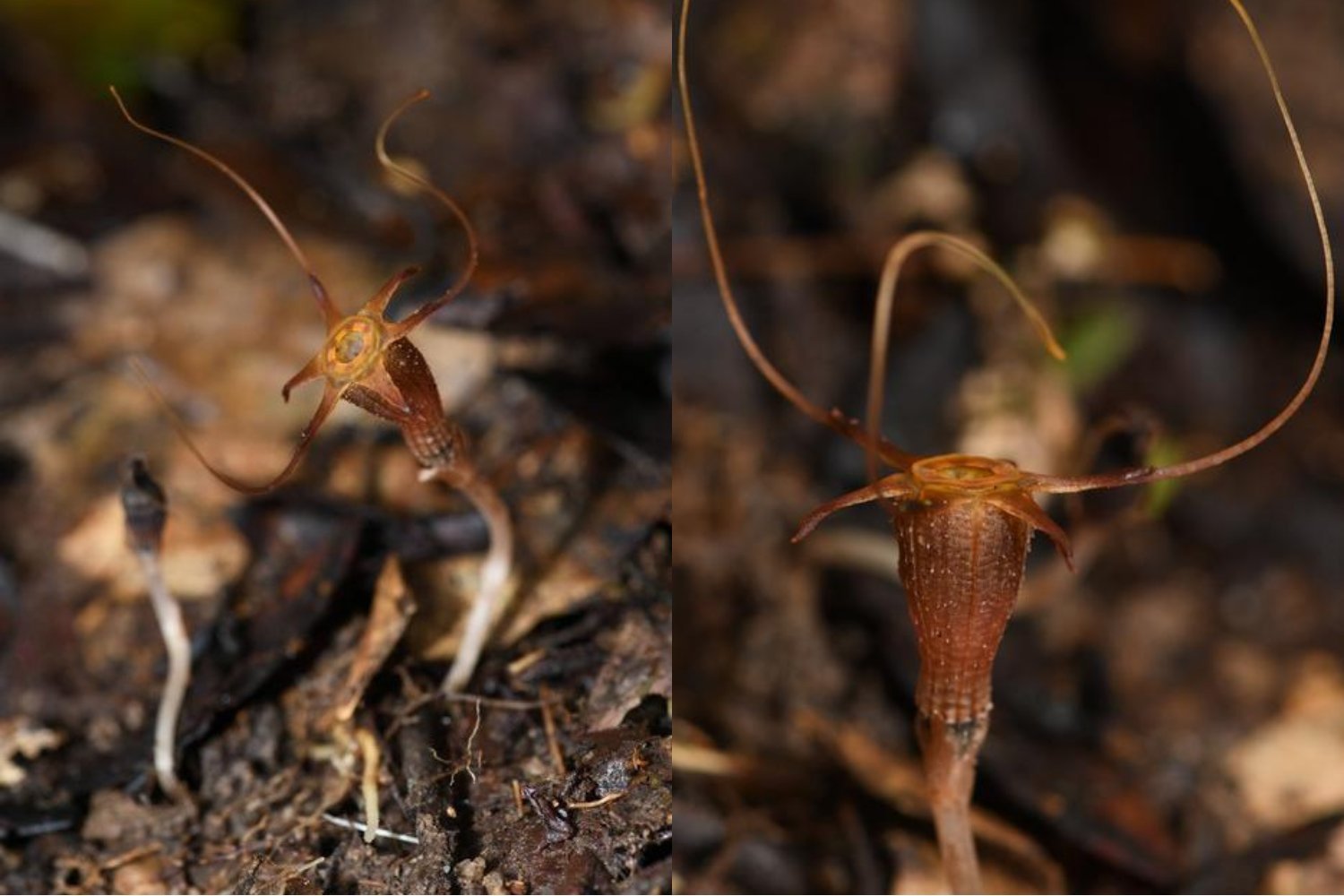The hadal zone, the deepest region of our oceans, plunges to depths between 19,700 and 36,000 feet (6,000 to 11,000 meters). Named after Hades, the Greek god of the underworld, this extreme environment was once thought to be barren. However, new research using advanced submersible technology reveals a surprisingly diverse and thriving ecosystem.
A recent expedition utilizing the Chinese submersible Fendouzhe explored the hadal zone within the Yap Trench, the Philippine Basin, and the Mariana Trench—the deepest part of the ocean. Scientists collected hundreds of biological samples from depths exceeding 35,700 feet (10,900 meters). Analysis of these samples unveiled an astonishing discovery: over 7,000 microbial species, with more than 89% previously unknown to science. This research, part of the Mariana Trench Environment and Ecology Research (MEER) project, provides the first comprehensive look at this unique ecosystem.
Extreme Environment, Exceptional Diversity
The hadal zone presents formidable challenges to life. Intense pressure, near-freezing temperatures, scarce nutrients, and almost complete darkness create an extreme environment. Yet, despite these harsh conditions, the hadal zone teems with a remarkable diversity of microbial life. The study, published in Cell, documented 7,564 microbial species, of which 89.4% were new discoveries. Genetic analysis further revealed a wide range of survival strategies employed by these organisms.
A Trio of Discoveries
This study is one of three groundbreaking MEER project publications in Cell that shed light on hadal zone ecosystems. Another study explores the symbiotic relationship between amphipods (small crustaceans) and bacteria, which allows these creatures to thrive in the extreme hadal environment.
A third study reveals a genetic mutation common to fish living below 1.8 miles (3 kilometers). This adaptation helps them withstand the extreme cold, pressure, and lack of sunlight. This research also estimates the timeframe for deep-sea colonization by certain marine species. For example, eels are thought to have inhabited the deep ocean for approximately 100 million years, allowing them to survive the catastrophic meteorite impact that wiped out the dinosaurs and many shallow-water marine species.
Convergent Adaptations Across Species
Collectively, these studies highlight the convergent evolution of adaptive mechanisms across different species in the hadal zone. From microorganisms to larger creatures, similar survival strategies have emerged in response to the extreme environmental pressures.
A Shadow in the Deep
Despite the awe-inspiring discoveries, the expedition also encountered a stark reminder of human impact: plastic bags, soda cans, beer bottles, and even a laundry basket. This pollution underscores the far-reaching consequences of human activities, even in the most remote corners of our planet. While some deep-sea microbes may be capable of processing certain contaminants, the presence of human waste in the hadal zone remains a concerning issue.
Life Finds a Way
This research overturns previous assumptions about the hadal zone, demonstrating that life not only exists but flourishes in this extreme environment. The exceptional diversity of the hadal microbiome expands our understanding of life’s resilience and adaptability, offering a glimpse into a world previously hidden in the deepest depths of our oceans.



